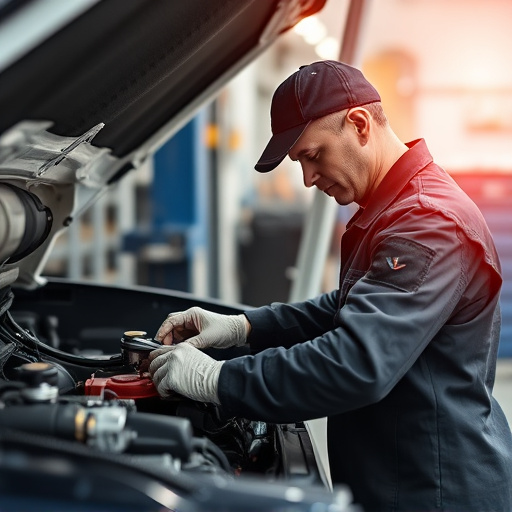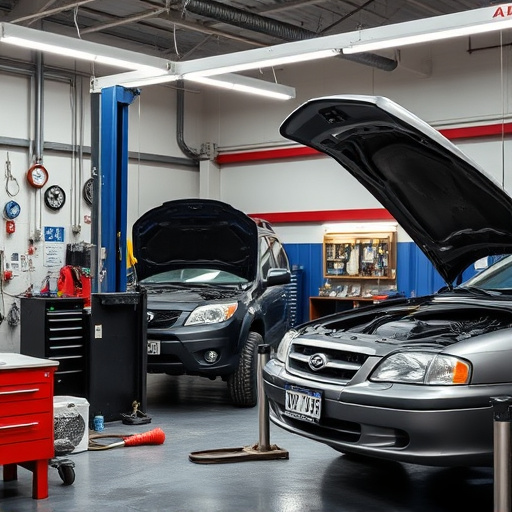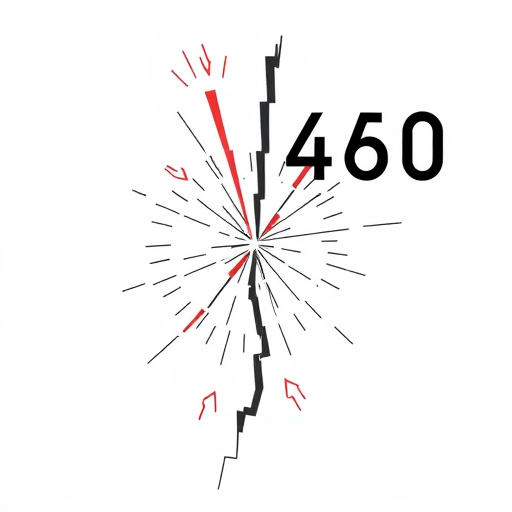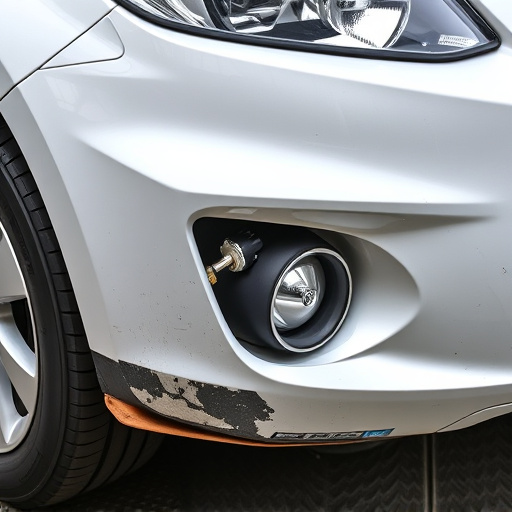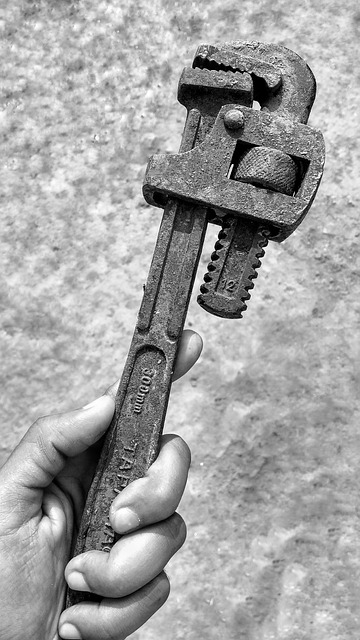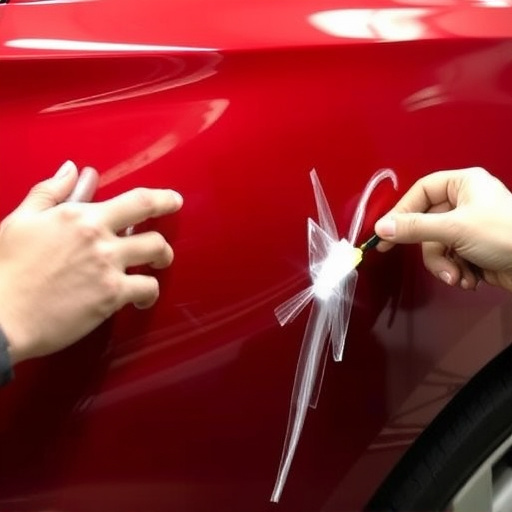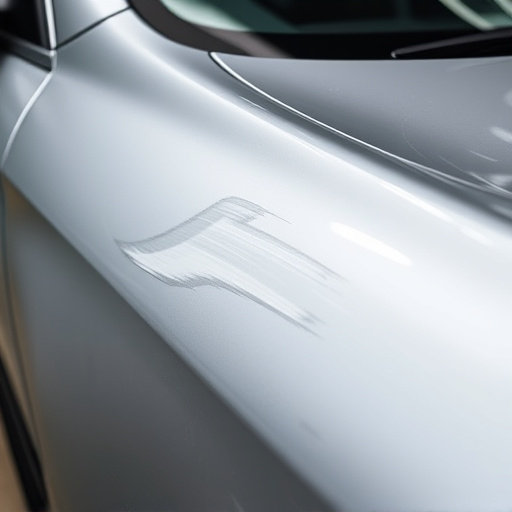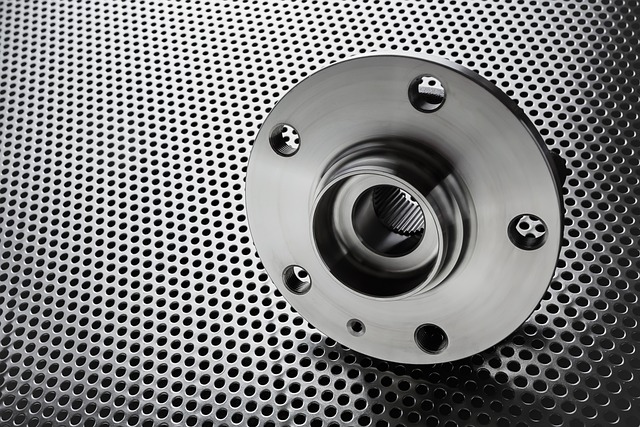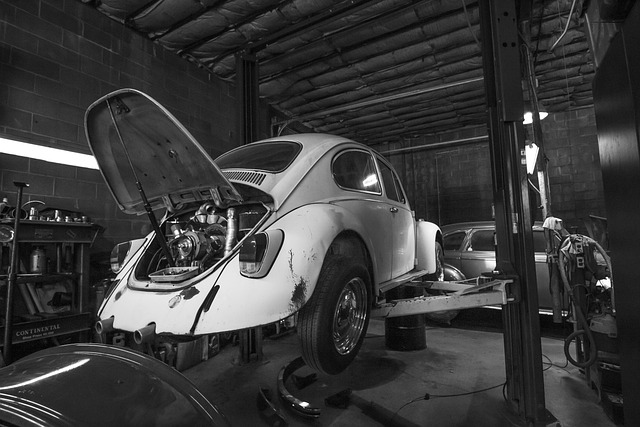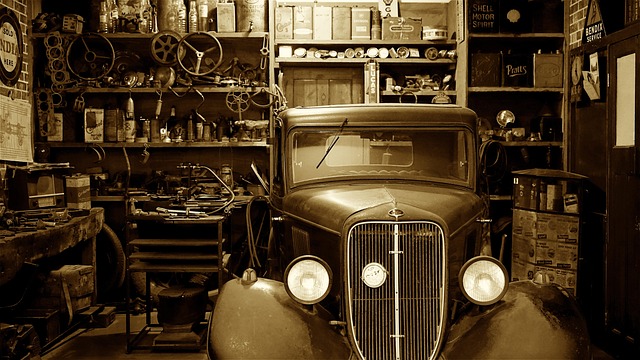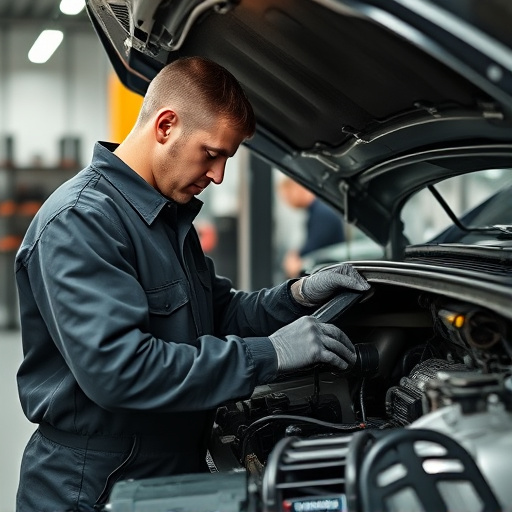High-Strength Steel Repair (HSSR) revolutionizes car collision repair by offering a strong, cost-efficient solution using specialized equipment and trained professionals to precisely manipulate high-strength steel. HSSR reduces costs compared to traditional methods, prioritizing precision and structural integrity for complex bodywork services while minimizing material waste and labor costs, resulting in lighter, more fuel-efficient vehicles and enhanced safety standards.
High-strength steel repair techniques are transforming the automotive industry by offering cost-effective and durable solutions for vehicle damage restoration. This advanced approach, characterized by its innovative use of robust materials, significantly reduces repair costs compared to traditional methods. By understanding these cutting-edge repairs, we uncover a game-changer in enhancing safety and longevity while mitigating financial burdens. Explore how modern steel repair practices are revolutionizing the automotive landscape.
- Understanding High-Strength Steel Repair Techniques
- Cost Savings: Comparing Traditional vs. High-Strength Repairs
- Enhanced Safety and Durability Benefits of Modern Steel Repair Practices
Understanding High-Strength Steel Repair Techniques
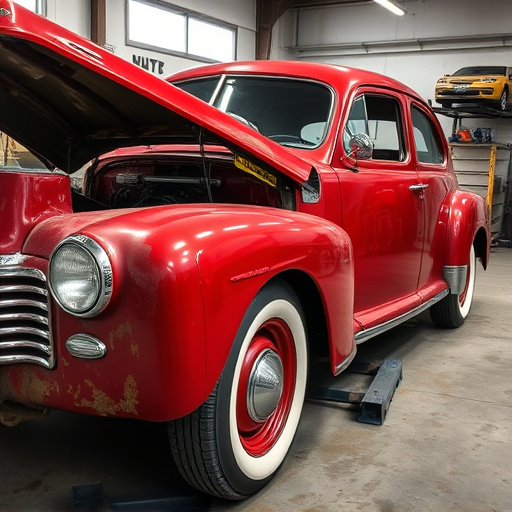
High-Strength Steel Repair (HSSR) techniques have revolutionized car collision repair by offering a robust and cost-effective solution for vehicle damage restoration. This advanced method involves utilizing specialized equipment and trained professionals to precisely manipulate high-strength steel, allowing for accurate and efficient repairs. HSSR is particularly beneficial for complex car bodywork services, where precision and structural integrity are paramount.
By employing these techniques, collision repair centers can significantly reduce the costs associated with traditional repair methods. High-strength steel has superior tensile strength compared to conventional steels, enabling mechanics to make more substantial fixes while using less material. This not only minimizes the amount of new parts required but also curtails labor expenses, making car collision repair more accessible and economical for vehicle owners.
Cost Savings: Comparing Traditional vs. High-Strength Repairs
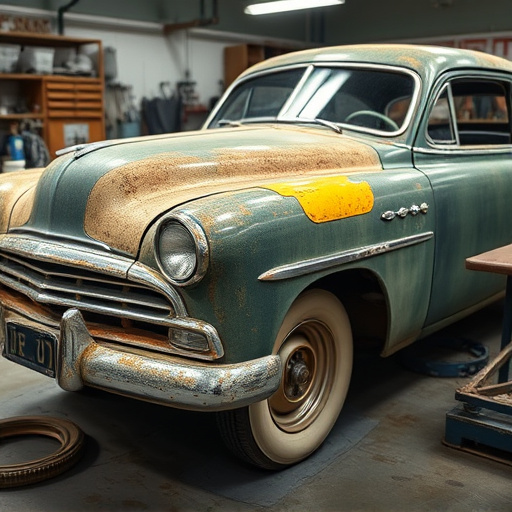
High-strength steel repair offers significant cost savings compared to traditional methods, especially for vehicles with complex structures or extensive damage. While traditional repairs often involve replacing entire panels or bodies, high-strength steel techniques focus on restoring and reinforcing damaged areas. This precision approach not only reduces material waste but also minimizes labor costs associated with extensive panel replacement.
By utilizing advanced welding technologies and specialized high-strength steels, repair shops can achieve structural integrity comparable to or even surpassing the original vehicle’s strength. This means less need for costly frame straightening or extensive body work, as well as a lower chance of future damage due to improved structural stability. Consequently, vehicle owners save money on both immediate repairs and potential long-term maintenance, making high-strength steel repair an attractive and economical choice for automotive restoration and tire services.
Enhanced Safety and Durability Benefits of Modern Steel Repair Practices
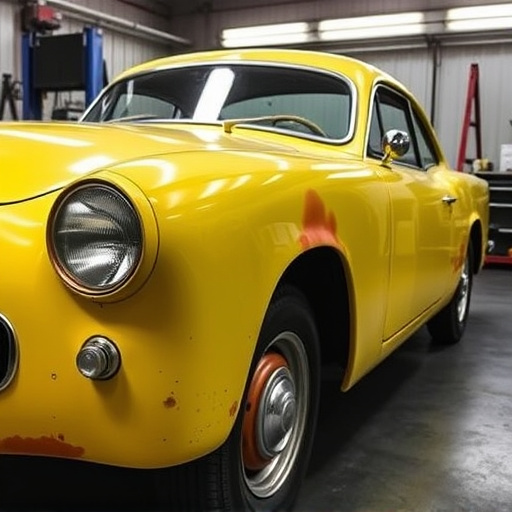
Modern steel repair practices, centred around high-strength steel repair, offer significant advantages in terms of safety and durability for vehicles. Traditional methods often relied on replacing damaged panels, leading to heavier cars and increased environmental impact. High-strength steel, however, allows for more precise and effective repairs. This innovative approach conserves material by reinforcing existing structures, making cars lighter and more fuel-efficient.
Furthermore, these advanced repair techniques, including paintless dent repair, have transformed autobody repairs. By preserving the original factory finish and structural integrity, high-strength steel repair ensures that vehicles not only look as good as new but also maintain their safety standards. This not only reduces costs for both owners and repair shops but also contributes to a more sustainable automotive industry.
High-strength steel repair techniques have emerged as a game-changer in the automotive industry, offering significant cost savings and enhanced safety features. By employing modern methods, repair shops can reduce vehicle damage costs while ensuring superior durability. These innovative practices, including advanced welding and reinforcement techniques, allow for more efficient repairs, minimizing body panel replacement and associated expenses. With high-strength steel repair, automakers and consumers alike benefit from a robust, safe, and cost-effective solution, solidifying its position as an indispensable strategy in the modern automotive landscape.
